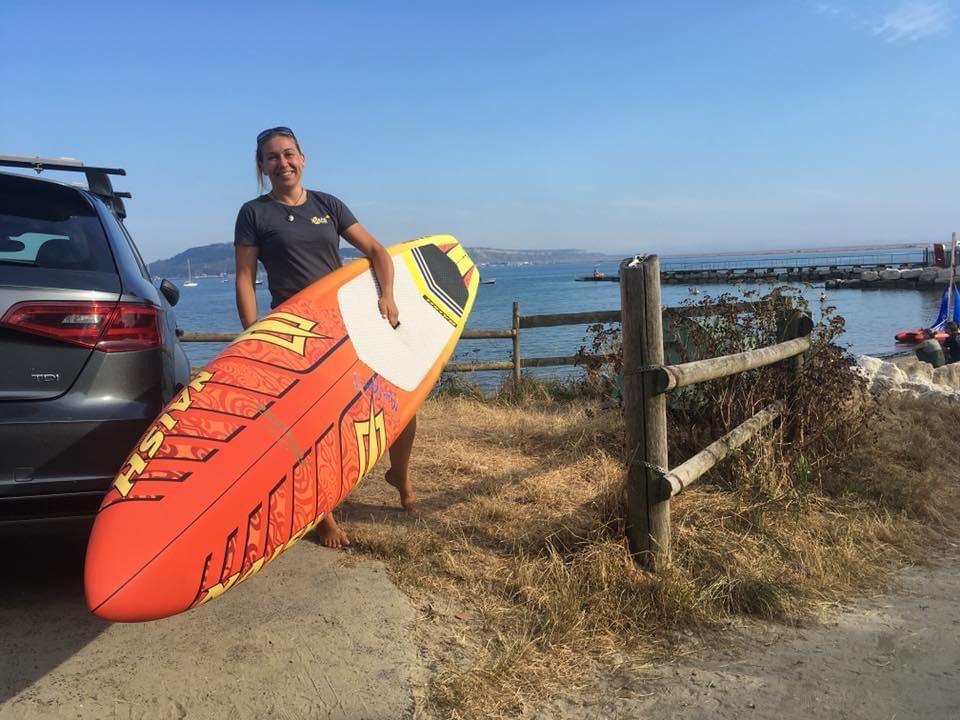Keeping Your Legs Strong and Healthy as You Age: A Musculoskeletal Perspective
- Elaine Farquharson
- Apr 28
- 3 min read

As we get older, it’s natural for our bodies to change — but that doesn’t mean we have to surrender strength, movement, or independence. In fact, keeping your legs healthy is one of the best ways to stay active, mobile, and vibrant throughout life.
Aging affects every part of the musculoskeletal system: our bones lose density, our muscles lose mass and strength (a process called sarcopenia), our tendons and ligaments lose elasticity, and our joints can stiffen or become arthritic. However, the good news is that with consistent, thoughtful care, you can protect and even improve your lower limb health as the years roll by.
Here’s how to keep your legs healthy and strong for life:

Muscle mass naturally declines with age, but resistance training can slow or even reverse this trend. Focus on strengthening key muscle groups in your legs:
Quadriceps (front of thigh): vital for standing up, walking, and stair climbing
Hamstrings (back of thigh): important for balance and knee health
Gluteals (your buttock muscles): critical for pelvis and hip stability
Calves (lower leg muscles): essential for ankle stability and pushing off when walking
Simple bodyweight exercises like squats, lunges, step-ups, and calf raises can be game-changers. If you can, include resistance bands, light dumbbells, or even water resistance to challenge your muscles safely.
Tip: Aim for strength training 2–3 times per week, with a day of rest between sessions to allow muscles to recover and grow.

Bones become thinner and more brittle with age, but weight-bearing activity stimulates bone growth and strength. Walking, hiking, stair climbing, dancing, and low-impact aerobics are excellent ways to keep your lower limb bones healthy.
Don’t forget about nutrition too:
Ensure enough calcium and vitamin D in your diet (through foods like leafy greens, dairy, and fortified foods).
If you’re concerned, your doctor may recommend a bone density scan to assess your bone health and advise on supplements if needed.

Joint surfaces are protected by cartilage, which can wear down over time, especially in the knees and hips. Keeping the surrounding muscles strong takes pressure off the joints. Regular movement also nourishes the joints by circulating synovial fluid, which acts like a lubricant.
Focus on:
Low-impact cardio like cycling, swimming, or brisk walking
Mobility exercises such as gentle stretches, yoga, or tai chi
Maintaining a healthy body weight, which reduces strain on your knees, hips, and ankles

Falls are a major concern as we age, and the legs play a starring role in preventing them. Improving your balance and proprioception (your body’s sense of position) is key.
Practice:
Standing on one leg (hold onto a surface for support if needed)
Heel-to-toe walking (like walking on a tightrope)
Simple balance routines on uneven surfaces like a soft mat
Building ankle, foot, and hip stability is just as important as strength training.

Aches and stiffness can happen, but they shouldn’t be ignored if they persist or worsen. Sharp pains, swelling, or loss of function deserve medical attention. Sometimes small adjustments — like better footwear, posture improvements, or physiotherapy exercises — can resolve early issues before they become bigger problems.
Remember: Pain is information, not an instruction to stop moving. Often, the right kind of movement is part of the healing process.

Your legs are your lifelong companions — they carry you through every adventure, every ordinary day, and every milestone. Keeping them strong, flexible, and resilient protects not just your mobility, but your independence and joy of living.
By understanding the musculoskeletal system and treating it with care and respect, you can enjoy legs that feel as youthful and powerful as your spirit — no matter your age.
We offer classes and physio to help you with a ll these aspect of your lower limb musculoskeletal health. Physio has been proven to help hip arthritis, knee arthritis, osteoporosis, as well as reducing the risk of falls and balance related problems that restrict your mobility. Please ge tin touch to see how we can help keep you strong, steady, keep moving well in life.





Comments